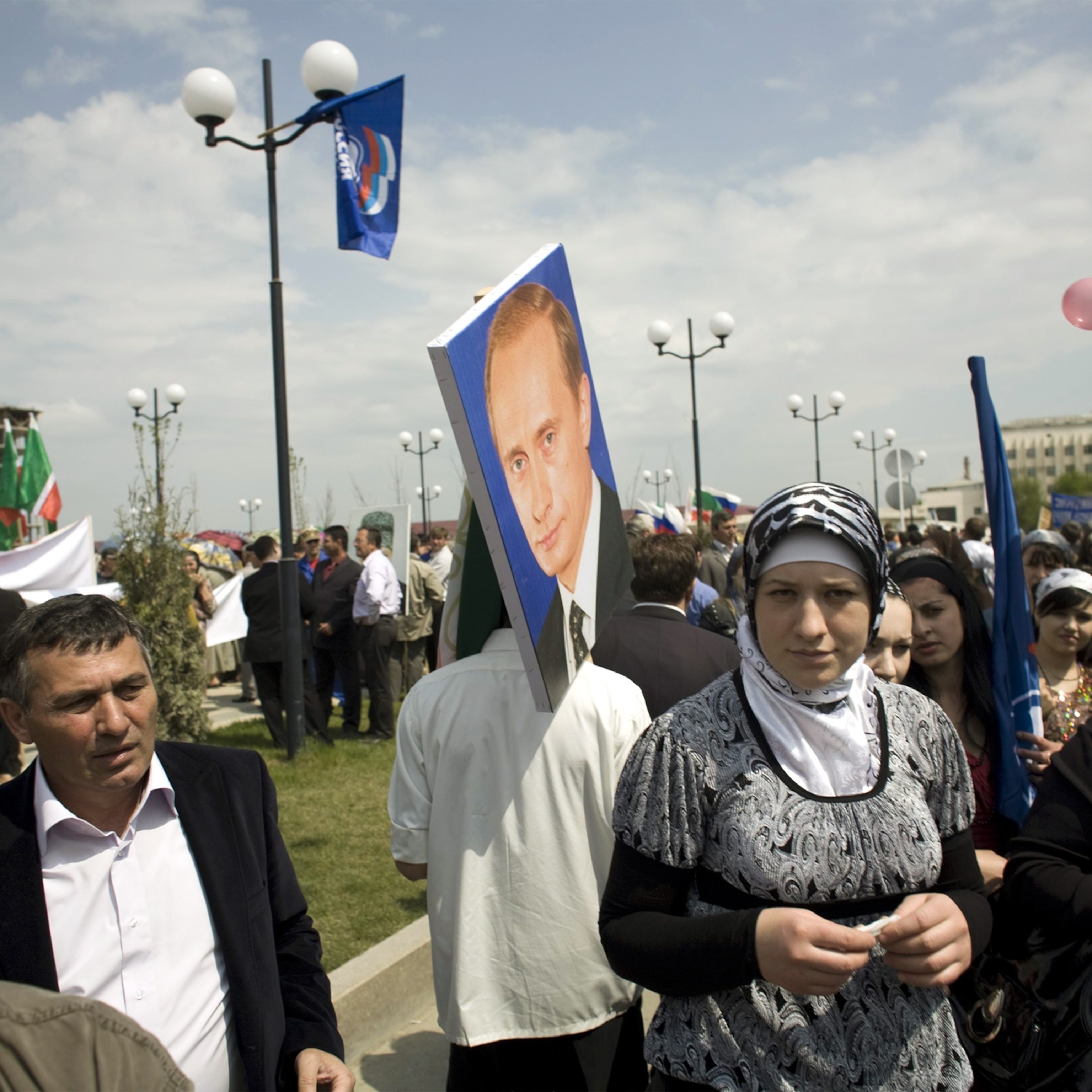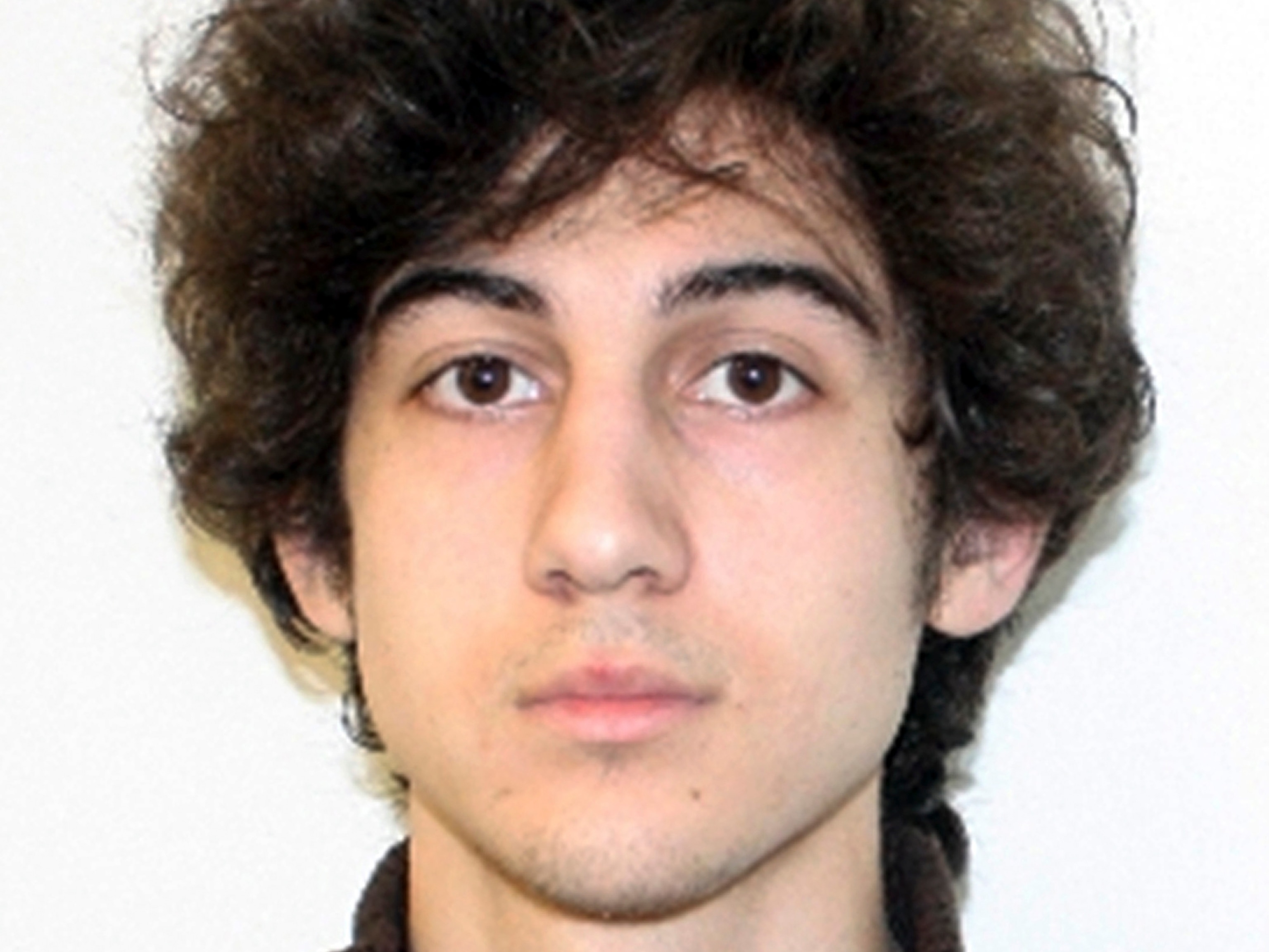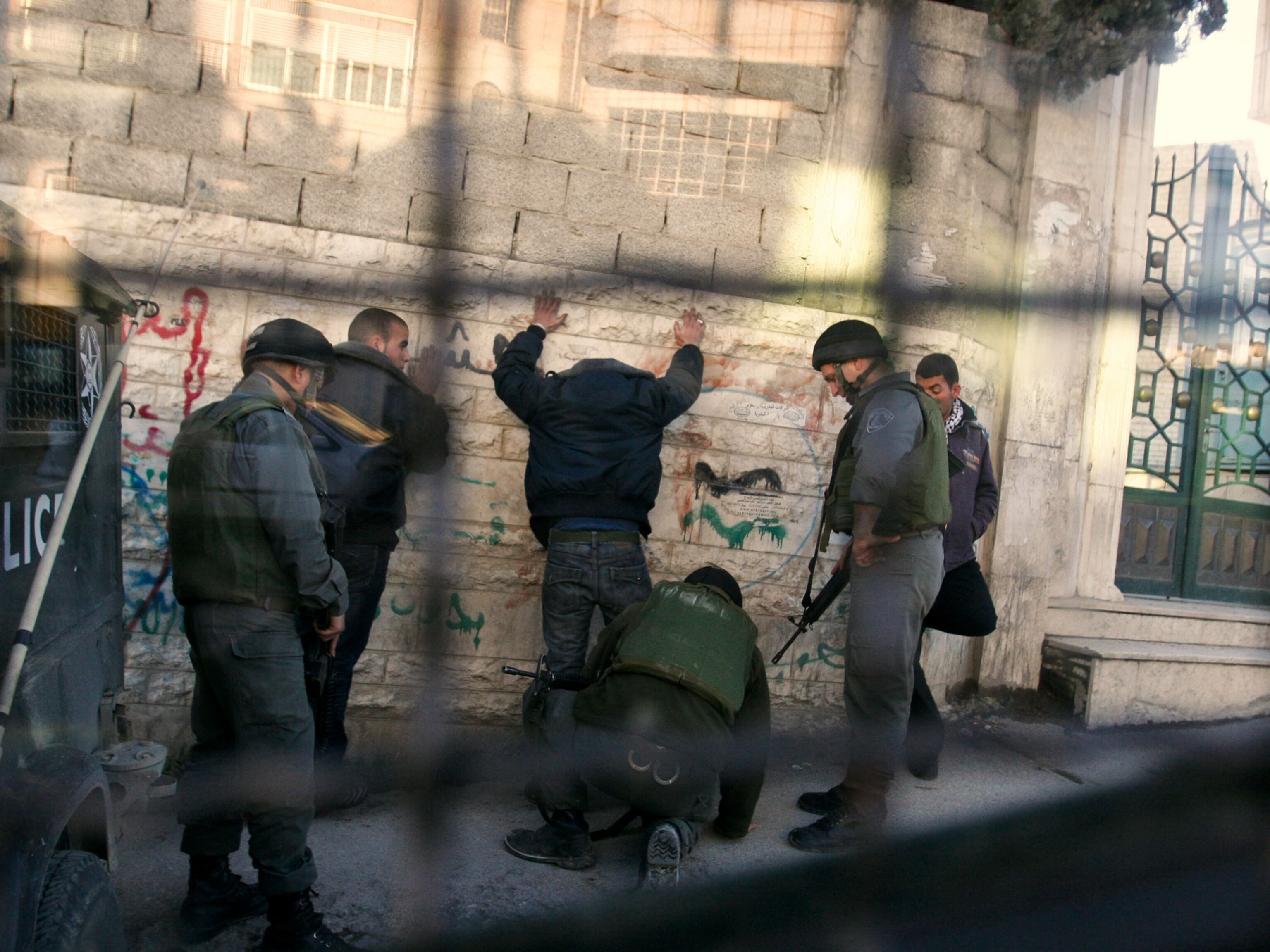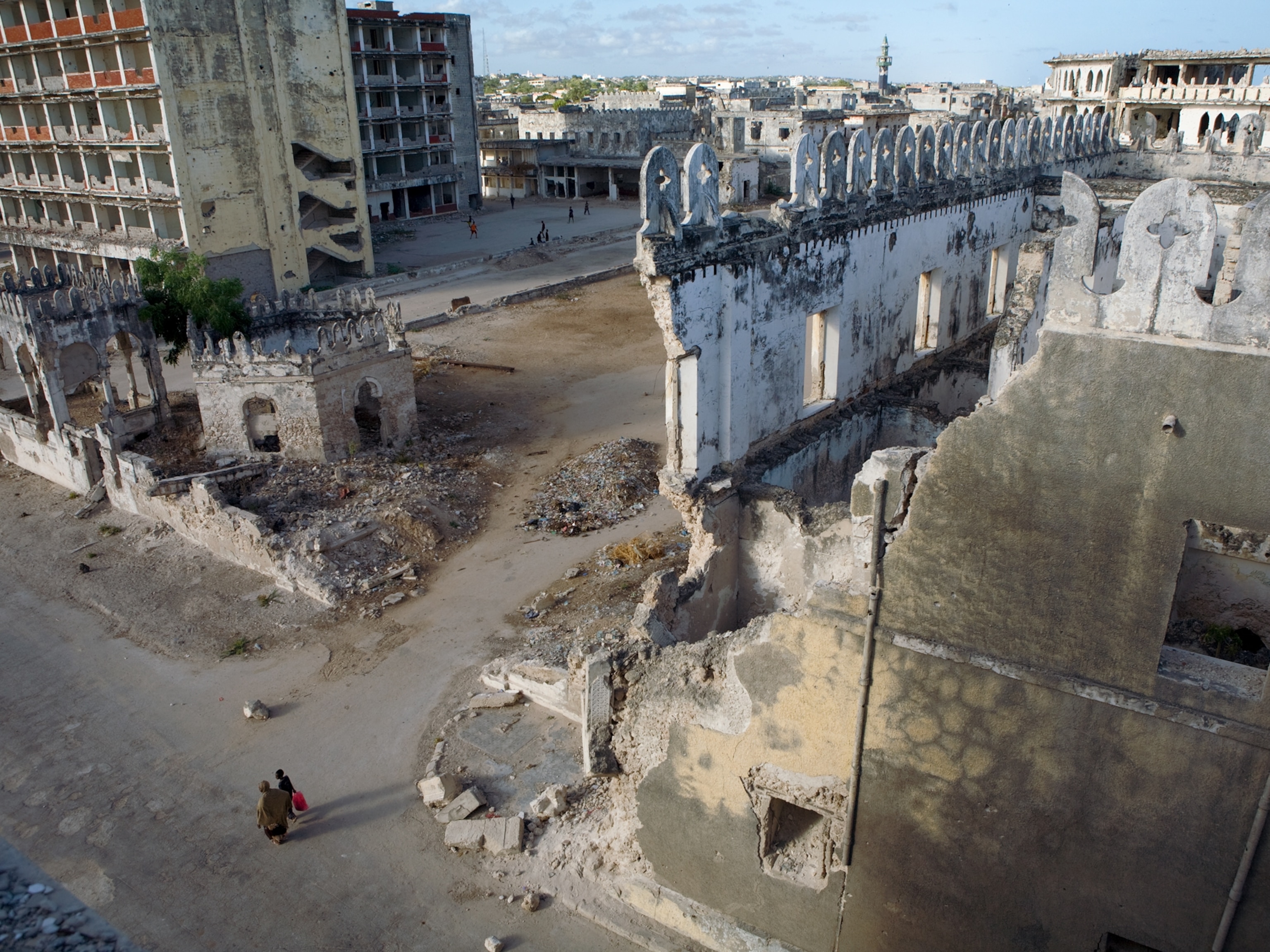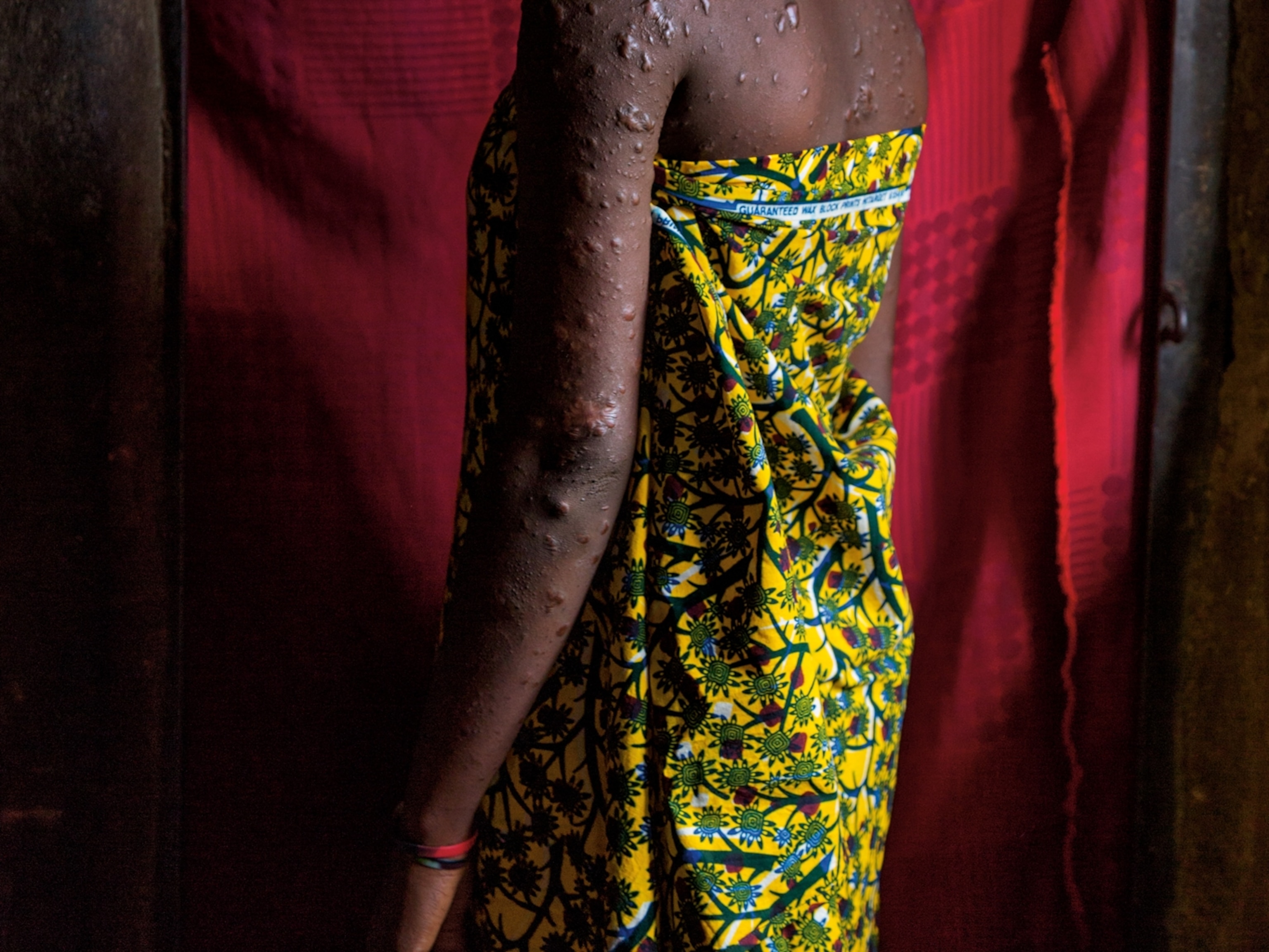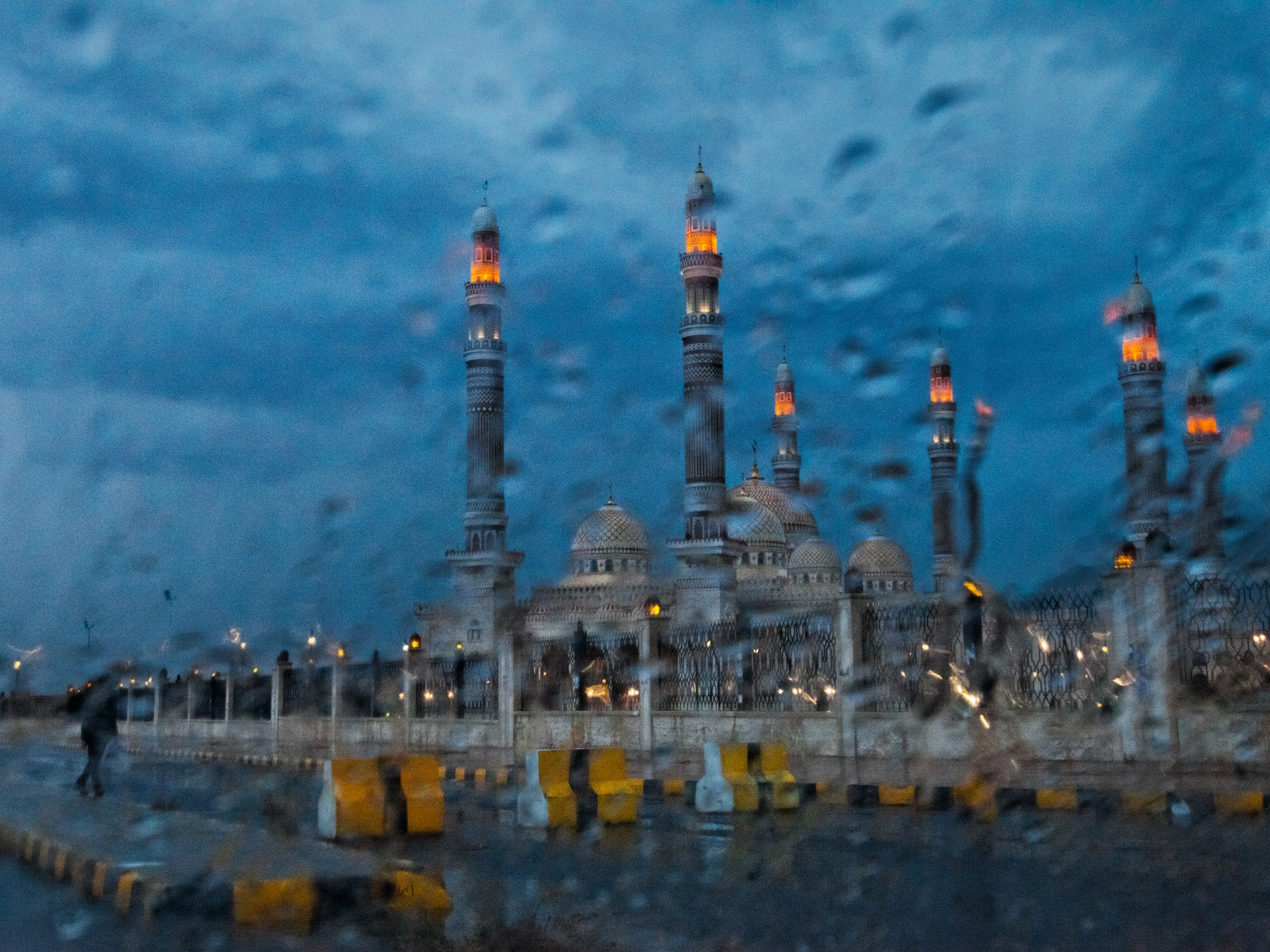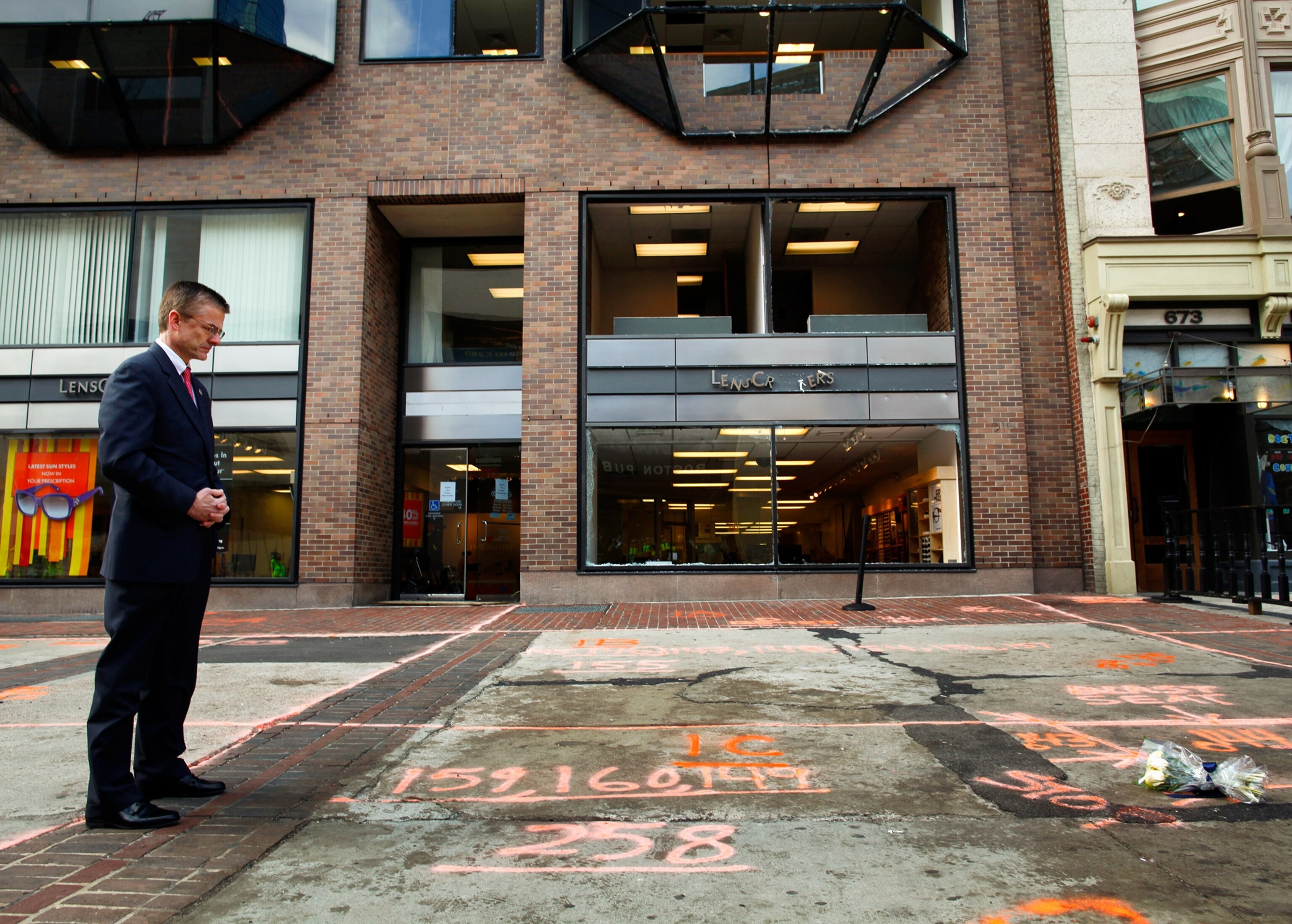
Final Resting Place Found for Boston Bombing Suspect
The body of Boston Marathon bombing suspect, Tamerlane Tsarnaev, has been buried.
A week after it was released by the coroner, the body of Boston Marathon bombing suspect Tamerlan Tsarnaev has finally been laid to rest, police in Worcester, Massachusetts, said Thursday. The location of the burial has not been disclosed, though a statement issued by the city of Worcester said the body was not buried within city limits. The statement also thanked "the courageous and compassionate individual [who] came forward to provide the assistance needed to properly bury the deceased."
Where to bury Tsarnaev had been the subject of controversy since Sunday, when Cambridge City Manager Robert Healey said in a statement that the city would be "adversely impacted by the turmoil, protests, and widespread media presence at such an interment" and recommended against issuing a deed of plot.
Tsarnaev's uncle, Ruslan Tsarni, had said he preferred the body to be buried in Massachusetts, while Tsarnaev's mother, Zubeidat, had asked Peter Stefan, owner of the funeral home where Tsarnaev's corpse resided, to send the body to her in Dagestan, Russia.
The case of Tamerlan Tsarnaev, while unusual in the U.S. context, has many precedents in the annals of terrorist burials, both here and abroad. Indeed, countries around the world have grappled with the question of how to dispose of terrorist remains for decades.
In March 2012, France encountered similar controversy surrounding the burial of Mohammed Merah, a French-Algerian terrorist responsible for the killing of seven people in three separate shootings in southwestern France.
After Merah was gunned down in a shootout with police, the French government first tried to ship his corpse to Algeria for burial, only to have the Algerian government refuse. Merah was eventually interred at Cornebarrieu cemetery outside Toulouse despite protestations from Toulouse's mayor.
In Russia, the government accords the remains of alleged terrorists few rights. Anti-terrorism and burial laws first adopted in 1998 state that the bodies of terrorists shall be buried in unmarked graves and in undisclosed locations, and even the relatives of the dead terrorists shall not be notified of the time or place of the burials.
Such was the fate of the Chechen and Ingush terrorists killed by Russian special forces during the 2002 Moscow theater and 2004 Beslan school hostage massacres, in which 130 and 334 hostages were killed, respectively. Brian Glyn Williams, an expert on Chechen history at the University of Massachusetts Dartmouth, said the practice was a response to the Chechen tradition of building shrines at the graves of "great highland warriors who have died over the centuries fighting the Russians" and which then "become sites for pilgrimages."
Israel adheres to the same practice, burying the bodies of terrorists in unmarked graves within Israel, often in the Israeli-controlled Jordan Valley.
In June 2012 the Israeli government returned the remains of 91 Palestinians, most killed during attacks on Israel and some dating back to 1975, to the West Bank and Gaza as a goodwill gesture to help bring the Palestinians back to peace negotiations.
The remains, returned in their coffins, were accorded honors and recognized as "martyrs" by the Palestinian Authority and Hamas before they were reburied in their hometowns.
The United States has previously confronted the issue of terrorist burials. In the case of Oklahoma City bomber Timothy McVeigh, Congress passed legislation disallowing a veterans' cemetery burial of any U.S. citizen convicted of a capital crime. McVeigh, a U.S. Army veteran, was cremated after his execution in 2001 and his ashes scattered, a practice often used in the case of mass killers.
The Obama administration chose to bury Osama Bin Laden at sea in 2011 after Saudi Arabia refused to have his remains repatriated, in part to complete the burial within the 24 hours prescribed by Islam, but also to cut short any controversy about the interment.
During the 1970s, another hot period of political terrorist activity, governments sometimes shipped the remains of foreign terrorists killed within their borders to the terrorists' countries of origin or countries with similar religious or ideological leanings.
After the Munich Massacre at the 1972 Summer Olympic Games, Germany shipped the corpses of the five Palestinian terrorists killed during the rescue operation to Libya, where they received a hero's welcome and were buried with full military honors.
The Palestinian and German terrorists involved in the 1976 hijacking of Air France Flight 139, and subsequently killed by Israeli soldiers during the rescue raid on the Entebbe airfield in Uganda, received military funerals under Ugandan dictator Idi Amin.
Homegrown terrorist burials often meet with less controversy, simply because the repatriation of remains is not an option available to authorities. Ulrike Meinhof, Gudrun Ensslin, and Andreas Baader, leading members of the German Baader-Meinhof Gang, a Marxist terrorist group responsible for 34 deaths in West Germany over a three-decade period, were all accorded common graves throughout Germany. But as in the case of Tamerlan Tsarnaev, certain local cemeteries did express a reluctance to accept the corpses.
Peter Stefan said Wednesday that he has received more than 120 burial offers from cemeteries and individuals around the country. A truck driver in Texas offered to donate a plot, provided he could do so anonymously. But when Stefan, following up on the offers, called the town or city authorities asking for permission to bury the body, the response has been the same: "You're not gonna do that here."
Muslim tradition does not allow for cremation, a practice often used in the burial of mass killers.
Friday's burial hewed closely to Russian and Israeli precedent, with an anonymous burial in an undisclosed location. It has not been disclosed whether Tsarnaev's relatives will be notified of the time and place of burial.


